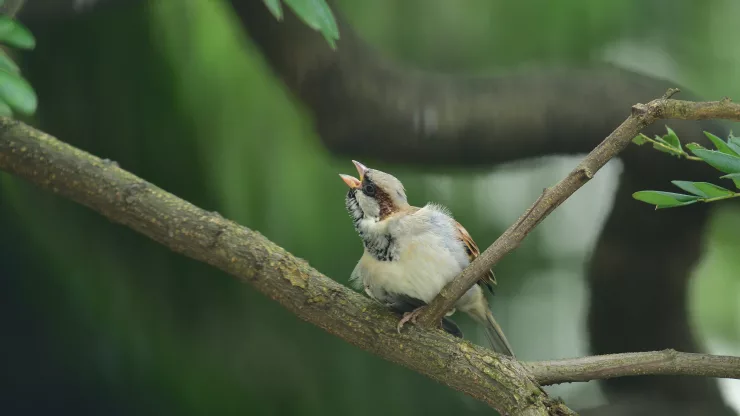Cities are not just concrete jungles of buildings and people, but they are also home to a diverse range of wildlife.
From squirrels to birds and even coyotes, urban areas have become an important habitat for various species of animals.
However, with increasing urbanization, it has become crucial to manage and conserve urban wildlife.
In this article, we explore the necessity of urban wildlife management and its significance in maintaining a harmonious coexistence between humans and wildlife.
Jump to Section
The Importance of Urban Wildlife Management
Urban wildlife management is the process of regulating and maintaining a balance between wildlife and humans in urban areas.
It is essential to preserve the ecological integrity of urban ecosystems and maintain public safety.
Unmanaged urban wildlife can cause damage to property, pose a threat to human health and safety, and disrupt the natural balance of an ecosystem.
Therefore, urban wildlife management is crucial to ensure the safety and well-being of both humans and wildlife.
Understanding the Role of Wildlife in Cities
Wildlife plays a crucial role in urban areas.
They help regulate pest populations, pollinate plants, and contribute to the overall health of an ecosystem.
Additionally, having wildlife in cities can provide a sense of connection to nature and promote biodiversity.
However, it is essential to understand that urban wildlife is not the same as wildlife in natural settings.
They have adapted to the urban environment, and their behavior may differ from their natural counterparts.
Therefore, it is crucial to manage urban wildlife in a way that is suitable for their unique needs and behavior.
The Ecological and Societal Benefits of Management
Urban wildlife management has numerous ecological and societal benefits. By managing urban wildlife, we can preserve biodiversity, reduce the spread of diseases, and minimize conflicts with humans.
Additionally, proper management can also improve the quality of life for humans by reducing incidents of wildlife-related accidents and damage to property.
Furthermore, managing urban wildlife can also promote community engagement and environmental awareness.
Taking Action: Steps Towards Sustainable Coexistence
Sustainable coexistence between humans and wildlife is achievable through proper management techniques. Some of the steps towards sustainable coexistence include:
- Conducting surveys to identify the species present and their behavior patterns
- Developing management plans that are specific to the needs of each species
- Educating the public about wildlife behavior and how to avoid conflicts
- Implementing non-lethal management techniques such as habitat modification, exclusion, and relocation
- Collaborating with wildlife experts, community groups, and government agencies to ensure effective management practices
FAQ
What is the role of urban wildlife management in preserving biodiversity?
Urban wildlife management is crucial in preserving biodiversity as it helps maintain a balance between humans and wildlife.
By managing urban wildlife, we can ensure that their populations are sustainable and that they continue to contribute to the ecological health of urban areas.
What are some of the non-lethal management techniques used in urban wildlife management?
Non-lethal management techniques used in urban wildlife management include habitat modification, exclusion, and relocation.
These techniques aim to modify the environment to discourage wildlife from entering human spaces or to move them to a more suitable habitat.
How can the public get involved in urban wildlife management?
The public can get involved in urban wildlife management by reporting wildlife sightings, participating in community engagement programs, and following guidelines to prevent human-wildlife conflicts.
Additionally, individuals can support local conservation organizations and advocate for sustainable coexistence between humans and wildlife.
Urban wildlife management is a crucial aspect of maintaining a harmonious coexistence between humans and wildlife.
By understanding the role of wildlife in urban areas and implementing sustainable management practices, we can preserve biodiversity, promote environmental awareness, and ensure public safety.
Ultimately, managing urban wildlife is a collective responsibility that requires collaboration between wildlife experts, government agencies, and the public.
I’m a nature enthusiast and creator of Metro Wilds and have spent years exploring the great outdoors.
With a passion for environmental conservation and sustainability, I have dedicated my career to writing about the beauty and wonders of nature, as well as the threats facing our planet.
Contact me at [email protected] for assistance.





